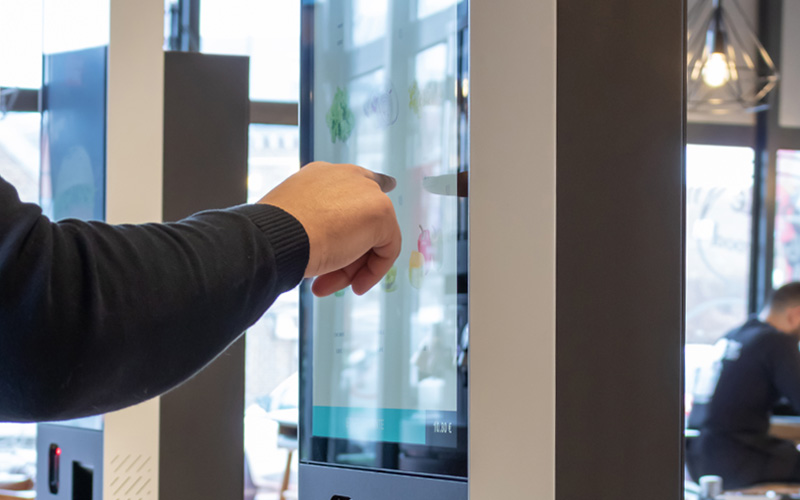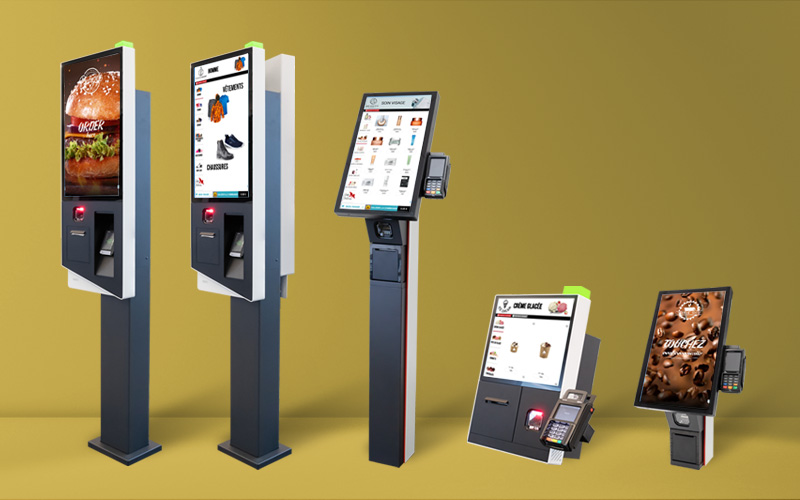Connected Inventory: The Case for More Collaborative Retail
Every retailer knows the scenario. A customer comes in, a guaranteed sale from the moment they step into the store. They just love your latest collection, but do you have X in their size? Or, they’ve been browsing your website, they’ve fallen in love with Y – but they really wanted to have a look at it in person, just to be sure.
And then comes the letdown. You’re really sorry, but you don’t actually have that item in stock right now.
The damaging part from your perspective as a retailer is not just the fact that you have lost a sale. Of more concern in the long-term is how the customer’s disappointment shapes their confidence in you as a brand. Maybe next time they consider shopping with you, they’ll think “Hmm, but can I trust them to have what I want?”
This raises an interesting question for retailers. If you are going to lose a sale because of an out-of-stock, it seems obvious that, at the very least, you should do everything possible to maintain that bond of trust with the customer. But does that extend to potentially sending them elsewhere to another business, all in the interest of ensuring they get what they want?
An increasing number of retailers are coming around the idea that, if it means keeping a customer onside and maintaining a relationship, then yes, collaborating more closely with other businesses to ensure fewer customers are let down makes sense. If you can’t provide a product there and then, perhaps you can work with someone who can? And that keeps everyone happy, especially the customer.
That’s the theory behind connected inventory.
Inventory without limits
Inventory management has been transformed in the digital age. These days, by digitally tracking every sale at POS or online, and every delivery to or from a warehouse, businesses are used to having 360-degree visibility of where all inventory is at any one time right across the business, on every shelf, in every storeroom, in every truck and distribution center.
This real-time visibility makes it easier for retailers to make sure products are right there waiting for the customer whenever they want to buy. Or at least be able to place an order for them there and then, with a choice of fulfilment options.
But out-of-stocks still happen. Delays to orders and deliveries still happen. So what some companies have started to do is ask, why are we trying to tackle this problem alone? That item our customer really wants, it’s out there somewhere. If we work in collaboration with other businesses, we can make sure they get it asap. Our customers end up getting a satisfying experience, we win loyalty points for helping them out.
Connecting inventory with other businesses might sound like a radical idea. But it’s based on two things that are fundamental to modern retail. One is that supply chains have a network or web-like structure to them. The other is that digitisation makes it easier to join up services and share intelligence than ever before.
Extending the customer journey
Many of the manufacturers or brands supplying goods to retailers these days are also selling goods through their own direct-to-consumer channels, especially online. So in a sense they are both partners and rivals. Same with places like Amazon, which are both a marketplace all brands and retailers want to be on, and just about the fiercest rival in the retail space you could imagine.
Relationships between businesses have to reflect such realities. If the lines between partnership and competition are so blurred, doesn’t everyone benefit by working together to ensure the customer always gets what they want? McKinsey calls connected inventory “a virtual inventory pooling several retailers and manufacturers”. Made possible by the existing digitised inventories that can easily be grouped together, the ability to check where stock is available beyond your own sales channels in effect extends customer journeys by linking them together. This in turn leads to improved product availability, faster fulfillment, and higher customer satisfaction over all.
McKinsey is also at pains to point out that connected inventory doesn’t have to mean sending business the way of direct rivals. There are several ‘flavors’ available, starting with a straightforward arrangement with a supplier, where you share inventory data for mutual benefit. This could include an ‘endless aisle’ arrangement, where access to a manufacturer’s entire product catalogue allows a retailer to offer more than they physically stock in store. Or, brand and retailer agree to share fulfilment resources, increasing efficiency for both.
At the other end of the scale, you might get several retailers that stock goods from a particular brand, or even multiple brands, coming together and pooling inventories under a joint venture with a similar agreement to handle fulfilment collectively. So even if you don’t have an item in stock, as long as someone in your network does, that sale can be made one way or another. Your customer is happy, you save face, and the transactions keep flowing.
Latest News

KEEP IN TOUCH
NEWSLETTER SIGN UP
| Products | Customer Portal | Contact | About Us |
1663 Fenton Business Park Court,
Fenton, MO 63026



